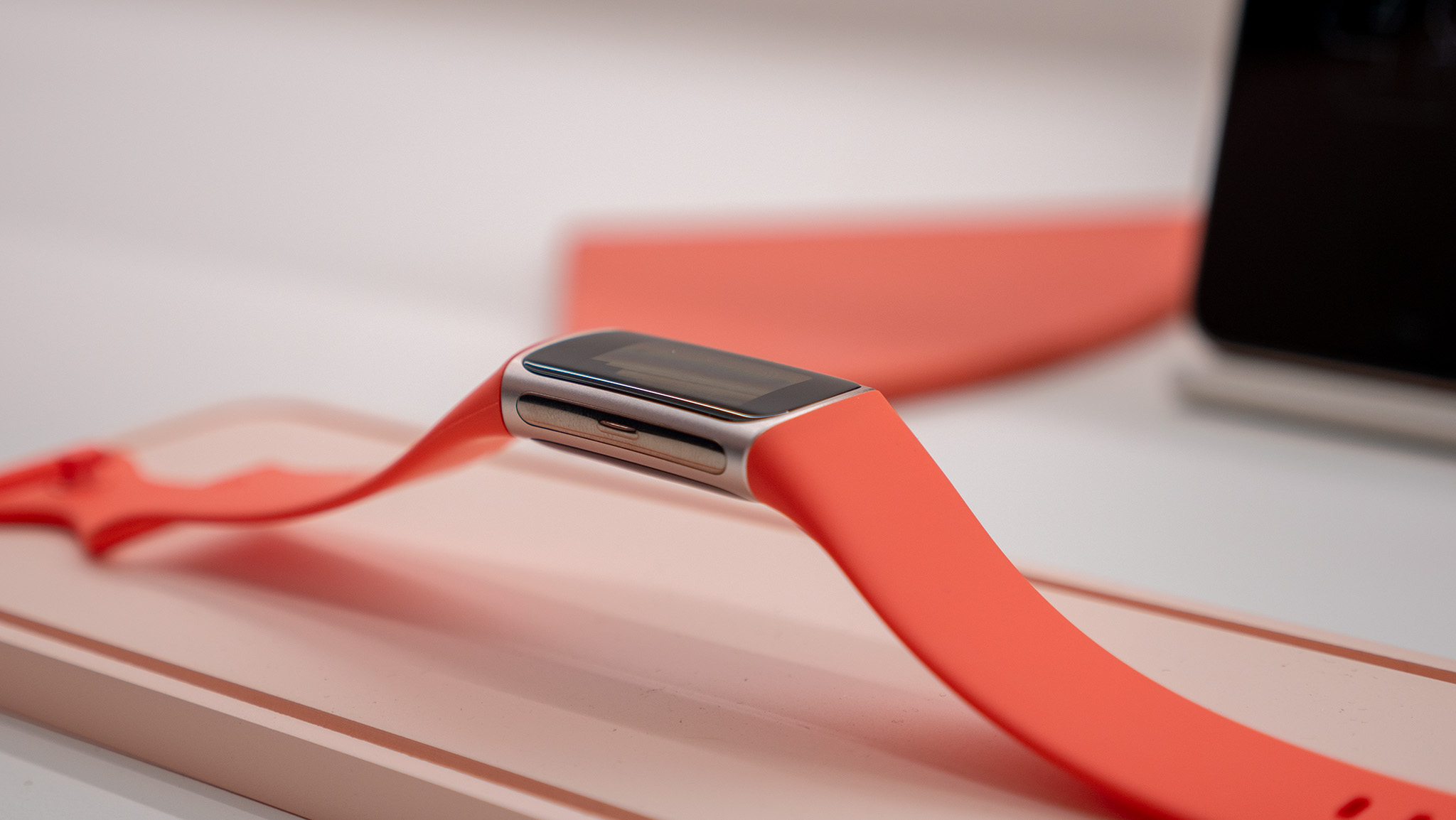Google Pixel 7 Pro vs. Samsung Galaxy S22 Ultra: Which flagship is best?
Google's new flagship costs much less than Samsung's, but can a Pro match up to an Ultra?
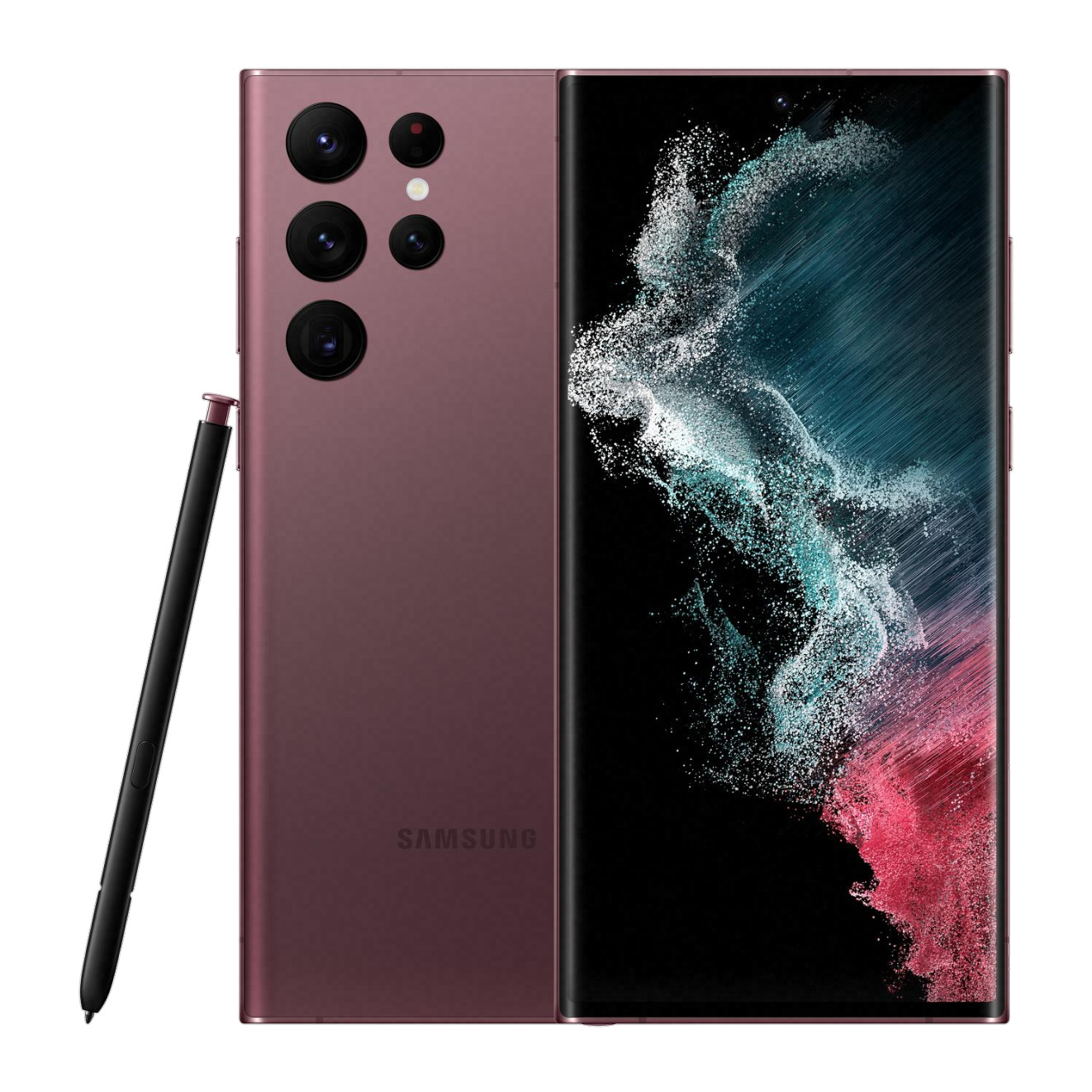
Premium performance
Samsung's 2022 flagship fits the bill for gamers, photographers, people who like to work on their phones, or just Android power users who want a large screen for customizing One UI. Although it's expensive and has since been surpassed in performance by the Z Fold 4, it still has the longevity to reliably serve you for the next four years.
Pros
- 10X optical / 100X Space Zoom
- Better nighttime/macro photography
- Brighter display with S Pen support
- Faster Snapdragon performance
- Four OS updates to Android 16
- 45W charging
Cons
- More expensive
- Struggles with fast-motion photography
- Boxy design makes it harder to hold
- Less dependable battery life
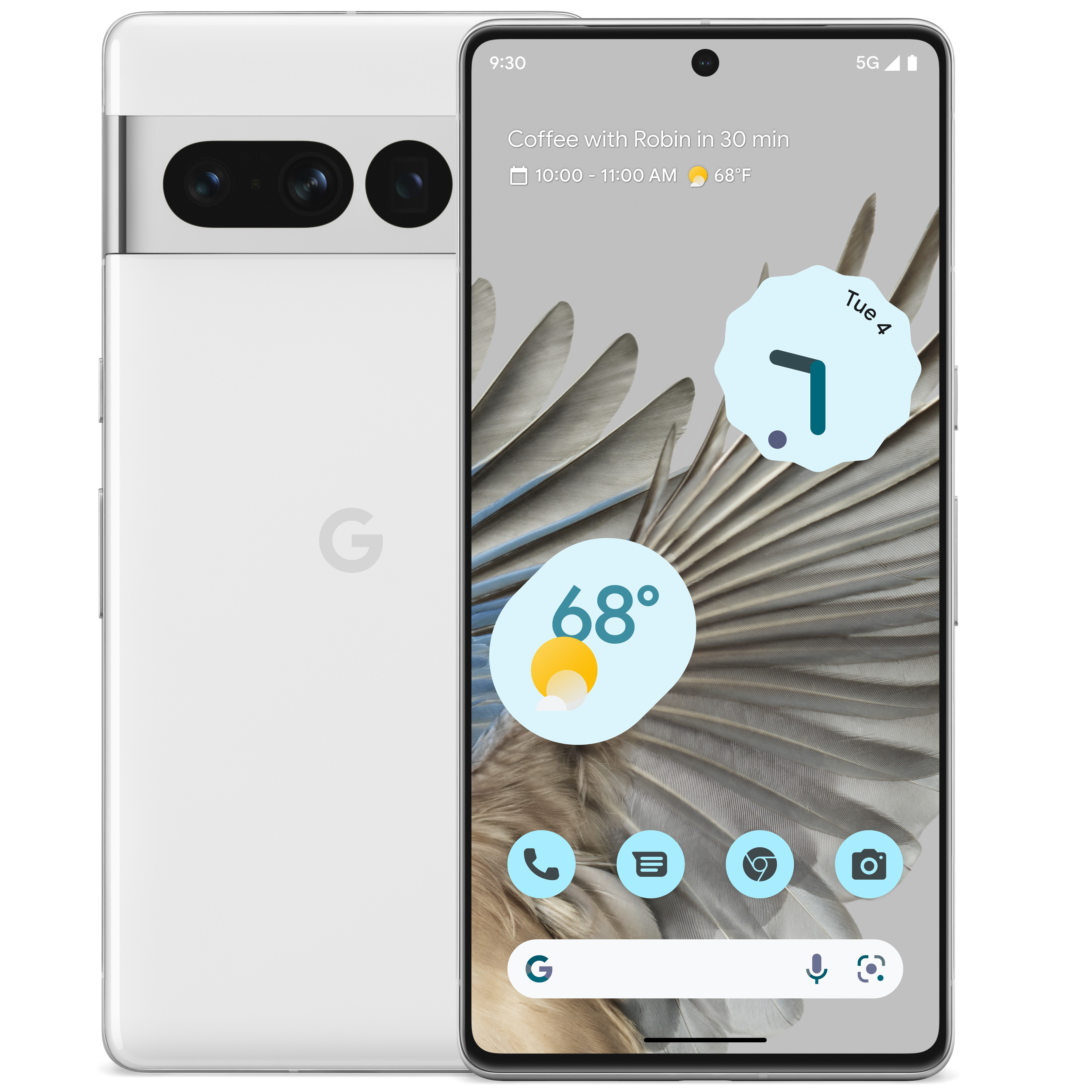
AI-backed excellence
Aside from a slight redesign and a tweaked Tensor G2 chip, the Pixel 7 Pro hasn't changed much from the 2021 model. But that isn't a bad thing since we considered the 6 Pro one of the best Android phones available. It has all of Google's usual perks like intelligent cameras, speedy updates, and efficient battery life, along with a gorgeous 120Hz display.
Pros
- Slightly more comfortable, lighter design
- 5X/30X zoom upgrade
- More camera AI tricks
- More affordable price
- Consistent all-day battery life
- Faster Android OS updates
Cons
- Tensor G2 doesn't give performance boost
- Only 3 OS updates
- Dimmer display
- Slower charging speed
For all of 2022, anyone in the market for an Android flagship had two fantastic options in the Pixel 6 Pro and Galaxy S22 Ultra. Samsung's phone mostly beat Google's in specs and camera quality, but Google offered a competitive experience for a much lower price, with cameras that went toe-to-toe with Samsung's thanks to Google's AI tricks.
Now the Pixel 7 Pro has arrived to challenge the Galaxy S22 Ultra, but are its upgrades enough to make it more tempting than last year's model? Let's break down the Google Pixel 7 Pro vs. Samsung Galaxy S22 Ultra to help you decide.
Google Pixel 7 Pro vs. Samsung Galaxy S22 Ultra: Design and displays

The Samsung Galaxy S22 Ultra is a 6.8-inch behemoth that copied the old Galaxy Note design of years past, complete with S Pen support. The sheer size alone makes it hard to use one-handed, but our reviewer disliked its "boxier design" compared to the S21 Ultra, with "90-degree angle phone corners" and protruding cameras that make the phone wobble on a desk and attract dust. In practice, it's just not the most comfortable phone to use outside of two-handed or seated use.
The 6.7-inch Pixel 7 Pro, meanwhile, has Google's distinctive horizontal camera bar that makes the phone perfectly balanced on a desk but more likely to catch on your pocket when sticking it inside. It has a metal rather than matte finish, and our reviewer says it looks "much more refined" and "blends into the aluminum mid-frame, creating a seamless look."
Aside from the glossy finish, which accentuates smudges and fingerprints unless you use a case, the Pixel 7 Pro is a quite stylish phone, even if it loses the 6 Pro's fun two-tone look from the matte black bar contrasting the glossy black colors.
The Pixel 7 Pro is also 0.7mm wider than the 6 Pro, which our reviewer found made it "a little more awkward to use." But by that same principle, the 7 Pro wins this comparison because it's about 1.3mm thinner and 16g lighter than the S22 Ultra. Neither is comfortable to use one-handed for long stretches, but at least Samsung's phone has the S Pen for two-handed use, while the 7 Pro is a better comfort compromise.
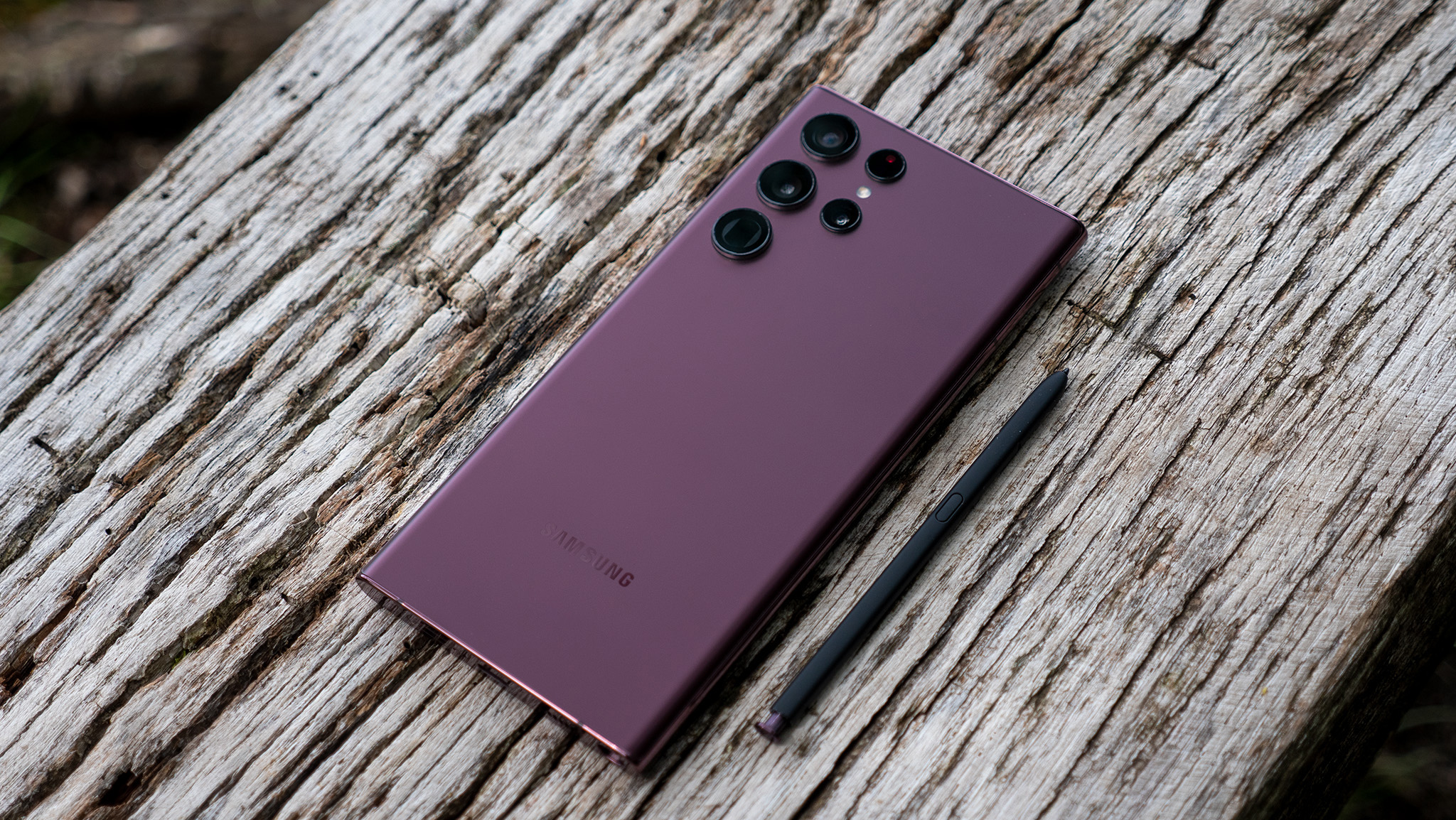
The Samsung Galaxy S22 Ultra looks very attractive out of the box, especially in Burgundy and Green. Unfortunately, you'll probably cover it up with an S22 Ultra case so you protect your $1,200 investment and have an S Pen slot. But a case does solve the issue of dust and grime surrounding the camera sensors. Overall, the S22 Ultra does look like a premium phone, and lacks the glossy finish that arguably doesn't look that great on the 7 Pro.
Get the latest news from Android Central, your trusted companion in the world of Android
Both phones have similar curved displays, with QHD+ resolution and 120Hz LTPO displays, meaning they have smooth scrolling but can also dip to slow refresh rates to save battery life. Where Samsung wins is in brightness, hitting 1,750 max or 1,350 HDR while the Pixel 7 Pro only hits 1,500 and 1,000, respectively. To be clear, the Pixel 6 Pro looks awful in direct sunlight, barely hitting 800 nits at peak. So even though Google "loses" here, it's not nearly as deficient as before.
Both phones also benefit from IP68 water protection, Gorilla Glass Victus on the front and back glass, and stereo audio speakers. Technically the Galaxy S22 Ultra has Victus+ protection, but Gorilla has never explained what the difference in quality is between these two standards, so it's hard to say how much more durable Samsung's phones are. We haven't tested the 7 Pro screen yet, but our reviewer said the 6 Pro screen held up "remarkably well" to damage over the last year.
Google Pixel 7 Pro vs. Samsung Galaxy S22 Ultra: Performance and specs
| Header Cell - Column 0 | Samsung Galaxy S22 Ultra | Google Pixel 7 Pro |
|---|---|---|
| Operating system | Android 12 (One UI 4.1) | Android 13 (Pixel UI) |
| Dimensions | 163.3 mm x 77.9 mm x 8.9 mm | 162.9mm x 76.6mm x 8.9mm |
| Weight | 229g | 212g |
| Display | 6.8-inches Edge, Dynamic AMOLED 2x, 3088 x 1440 1-120Hz refresh rate, 240Hz touch sampling (game mode) | 6.7-inch, 1440 x 3120 resolution (512 ppi), LTPO OLED, 10-120Hz refresh rate |
| Brightness | 1,350 nits (HDR); 1,750 nits (peak brightness) | 1,000 nits (HDR); 1,500 nits (peak brightness) |
| Colors | Phantom Black, Phantom White, Green, Burgundy Samsung.com exclusive: Red, Blue, Grey | Obsidian, Snow, Hazel |
| Processor | Snapdragon 8 Gen 1: 3GHz Cortex X1, 3 Cortex A710 (2.5GHz), 4 Cortex A55 (1.8GHz); Adreno 730 GPU | Google Tensor G2: 2.85GHz Dual Cortex X1, 2.35GHz Dual Cortex A78, 1.8GHz Quad Cortex A55; ARM Mali G710 GPU; Titan M2 Security |
| Memory | 8GB or 12GB | 12GB |
| Storage | 128GB, 256GB, 512GB, 1TB | 128GB, 256GB, or 512GB |
| Battery | 5,000mAh | 5,000mAh |
| Charging | 45W wired, 15W wireless | 30W wired, 12-23W wireless |
| Rear Camera (main) | 108MP, ƒ/2.2, 0.8μm, 85-degree-angle | 50MP, ƒ/1.85, 1.2μm, 82-degree-angle |
| Rear Camera (ultra-wide) | 12MP, ƒ/2.2, 1.4μm, 120-degree-angle | 12MP, ƒ/2.2, 1.25μm, 125.8-degree-angle |
| Rear Camera (telephoto) | 10MP, ƒ/2.4, 1.12μm, 3x optical zoom | 48MP, ƒ/3.5, 0.7μm, 5x optical zoom |
| Rear Camera 4 (telephoto) | 10MP, ƒ/4.9, 1.12μm, 10x optical zoom | N/A |
| Front Camera | 40MP, ƒ/2.2, 80-degree wide-angle | 10.8MP, ƒ/2.2, 1.22μm |
| Software support | Android 16 + 1 additional year of security updates | Android 16 + 2 additional years of security updates |
| Security | In-display ultrasonic fingerprint scanner (4x9 mm size) | In-display fingerprint scanner (optical) |
| Protection | IP68, Gorilla Glass Victus+ | IP68, Gorilla Glass Victus |
| Audio | Stereo speakers | Stereo speakers |
| Connectivity | Wi-Fi 6 sub-6 and mmWave 5G UWB | Wi-Fi 6 sub-6 and mmWave 5G UWB |
| Ports | USB Type-C | USB Type-C |
The 7 Pro's Tensor G2 chip is a negligible step up compared to the Pixel 6 Pro with Tensor. It jumps from two A76 cores to two A78 cores, but only jumps 0.1GHz in clocked speed, and the same dual Cortex X1 cores improve by a mere 0.05GHz while the four A55 cores remain unchanged. Only the new TPU is a step up for machine learning features. With the same 12GB of RAM, you'll get good performance, especially because of Google's AI expertise; but it's not enough to catch up to Samsung.
Our Pixel 7 Pro reviewer ran a series of CrossMark and 3DMark benchmarks to check how the Google Pixel 7 Pro compares to its predecessor and other powerful 2022 phones — he was unable to test on Geekbench — so we've included them below:
| Category | Pixel 6 Pro | Pixel 7 Pro | ASUS Zenfone 9 | iPhone 14 Pro |
|---|---|---|---|---|
| CrossMark (Overall) | 840 | 855 | 1008 | 1328 |
| Productivity | 871 | 904 | 967 | 1299 |
| Creativity | 792 | 768 | 1042 | 1517 |
| Responsiveness | 902 | 1001 | 1036 | 950 |
| 3DMark Wild Life (score) | 6462 | 6034 | Maxed out | Maxed out |
| 3DMark Wild Life (FPS) | 38.70 | 36.15 | Maxed out | Maxed out |
| 3DMark Wild Life Extreme (score) | 1939 | 1802 | 2801 | 3371 |
| 3DMark Wild Life Extreme (FPS) | 11.6 | 10.8 | 16.75 | 20.2 |
Essentially, the Pixel 7 Pro has limited gains over the 6 Pro, which itself wasn't the fastest phone when it launched in 2021. While it "delivered smooth framerates without any lag" for gaming, our reviewer is concerned that it could lose a step for future use cases with gaming and apps in the next few years.
He didn't specifically test the S22 Ultra for a direct comparison, but our Future Labs team ran benchmarks that showed the S22 Ultra hit 1240/3392 on Geekbench, while the Pixel 7 Pro hit 1060/3046.
Benchmarks absolutely aren't everything to true phone performance, and Geekbench actually banned Samsung's recent phones due to benchmark manipulation using its Game Optimizing Service. The Snapdragon 8 Gen 1 chip has a bad habit of overheating the phones that it powers, so Samsung tried to throttle popular apps to solve the issue. Still, despite all this controversy, the S22 Ultra is almost certainly faster for gaming and demanding apps than the Pixel 7 Pro.
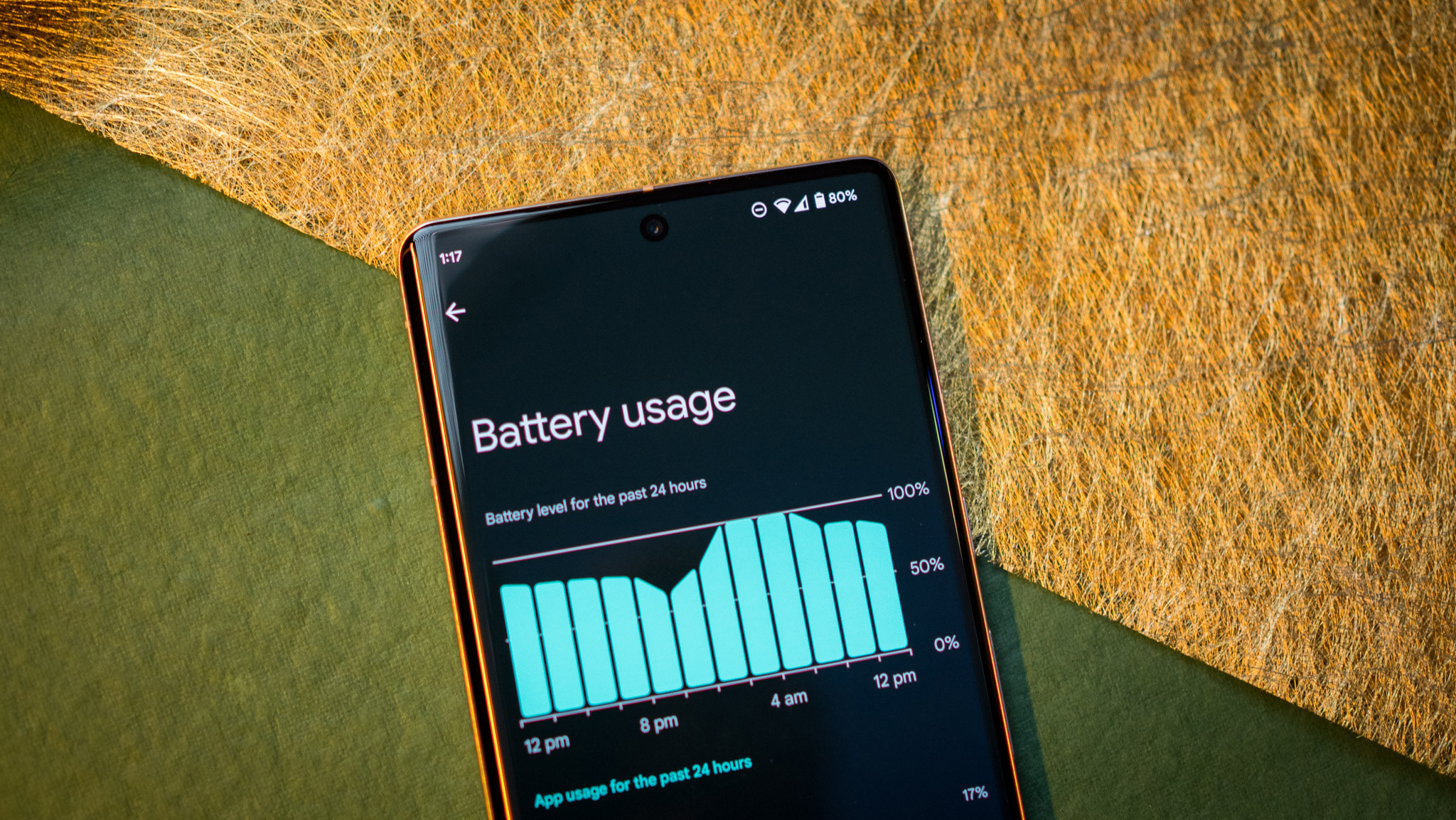
Both phones have the same 5,000mAh battery size, just large enough to handle the demands of a flagship phone. So far in our initial tests, the Pixel 7 Pro easily lasts across all-day-and-night use with 5 hours of screen time and still has about 20% battery by bedtime, the same as the dependable 6 Pro. We appreciate that it handles both heavy use and idle time well.
For comparison, the S22 Ultra disappointed us compared to the S21 Ultra, frequently falling into single-digit percentages by day's end after just a few hours of screen time. The Snapdragon 8 Gen 1 has proven to make phones run hot, whereas the less powerful Google Tensor seems to be more efficient. We assume the near-identical G2 will mirror this trait.
As for charging speed, Samsung easily wins the day here with 45W charging — even if you'll have to buy a compatible charger yourself. Google sells a 30W charger for the Pixel series, but the Pixel 6 Pro actually charges closer to 23W, and we suspect that the 7 Pro shares this trait.
In the end, both phones can hit 50% battery in 30 minutes or less, but fully charging either phone is going to take quite a while because the charging speed dips over time to preserve battery life. So even though Samsung charges faster, the Pixel 7 Pro may be a better choice if battery matters because it'll last longer with the same limited charge.
We're also very relieved that the Pixel 7 Pro fixed the unreliable fingerprint sensor of its predecessor; the new module is "fast and significantly better than last year," making it on par with Samsung's reliably speedy sensor. Google also added Face Unlock, which we appreciated finally getting but found slower and less reliable in practice. In either case, you'll just want to use the sensor.
If you care about haptics, the Pixel 7 Pro has a "fantastic vibration motor that offers granular feedback," making it satisfying to get notifications. For comparison, we polled our S22 Ultra and Pixel 6 pro reviewer about Samsung's haptics, and he said they "aren't bad but they're not as good as Google's."
Google Pixel 7 Pro vs. Samsung Galaxy S22 Ultra: Cameras
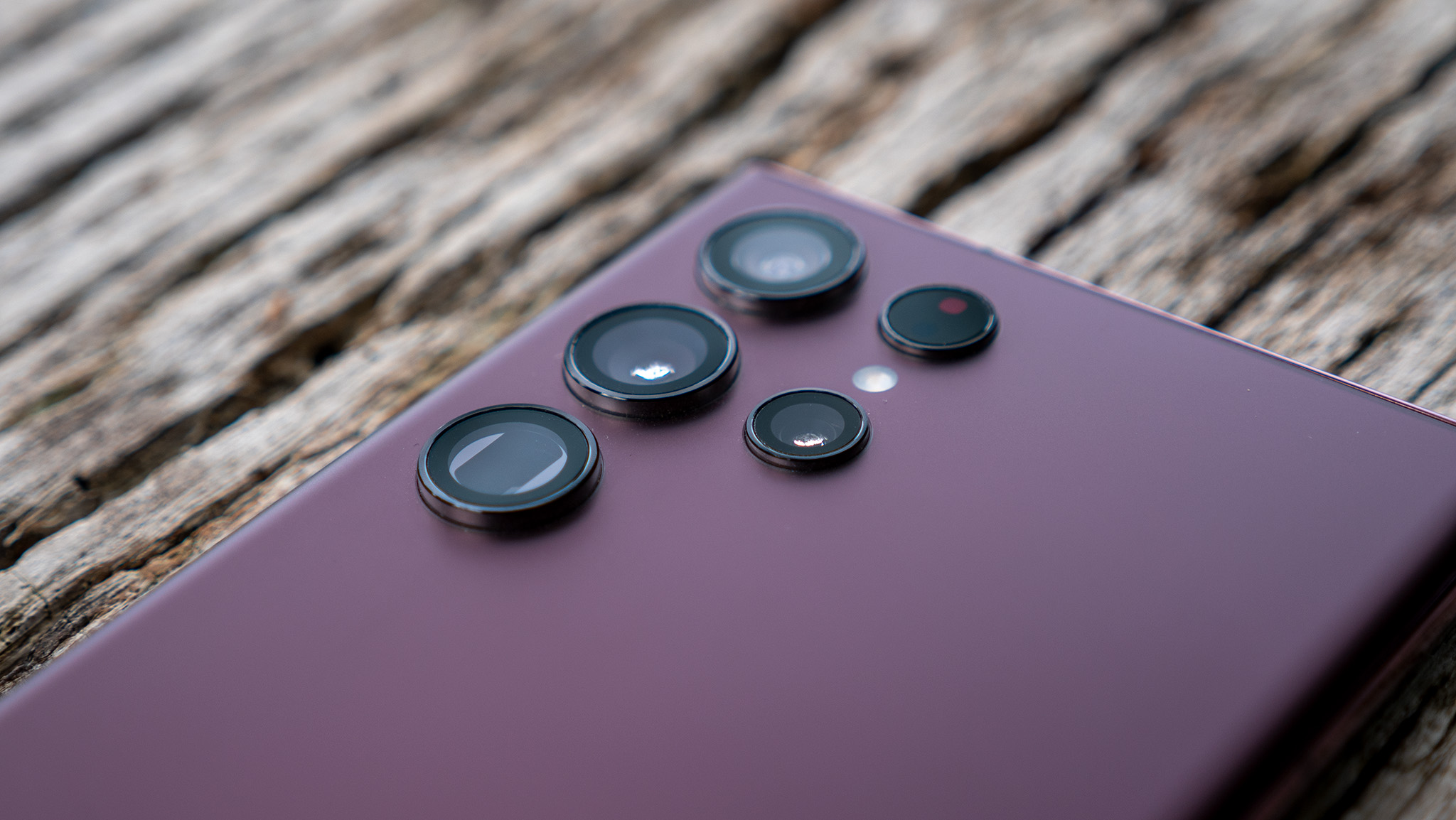
The Pixel 7 Pro's cameras have nearly identical specs to its predecessor's; the Pixel 7 Pro main camera is the same for MP, pixel width, aperture, and field of view, while the ultrawide has an extra 11.8º FOV but matches the other specs. The telephoto lens gets the biggest improvement, hitting 5X optical zoom and 30X digital zoom against 4X/20X on the 6 Pro; and the selfie camera technically dipped in MP slightly but now offers 4K/60Hz video for the first time.
What matters more is that the Tensor G2's revamped machine learning tools allow it to process much better photos with the same hardware. Tools like Photo Unblur improve shots with poor focus, Night Sight has been revamped and "does an even better job maintaining highlights while preserving finer details" than last year, and Real Tone has been improved. Overall, our reviewer found that its photos have "plenty of detail, great dynamic range, and you get Google's signature contrast look that makes the photos stand out." Zoomed photos have much less noise than last year, and macro shots are far better.
We've included Pixel 7 Pro photos in the slideshow below:

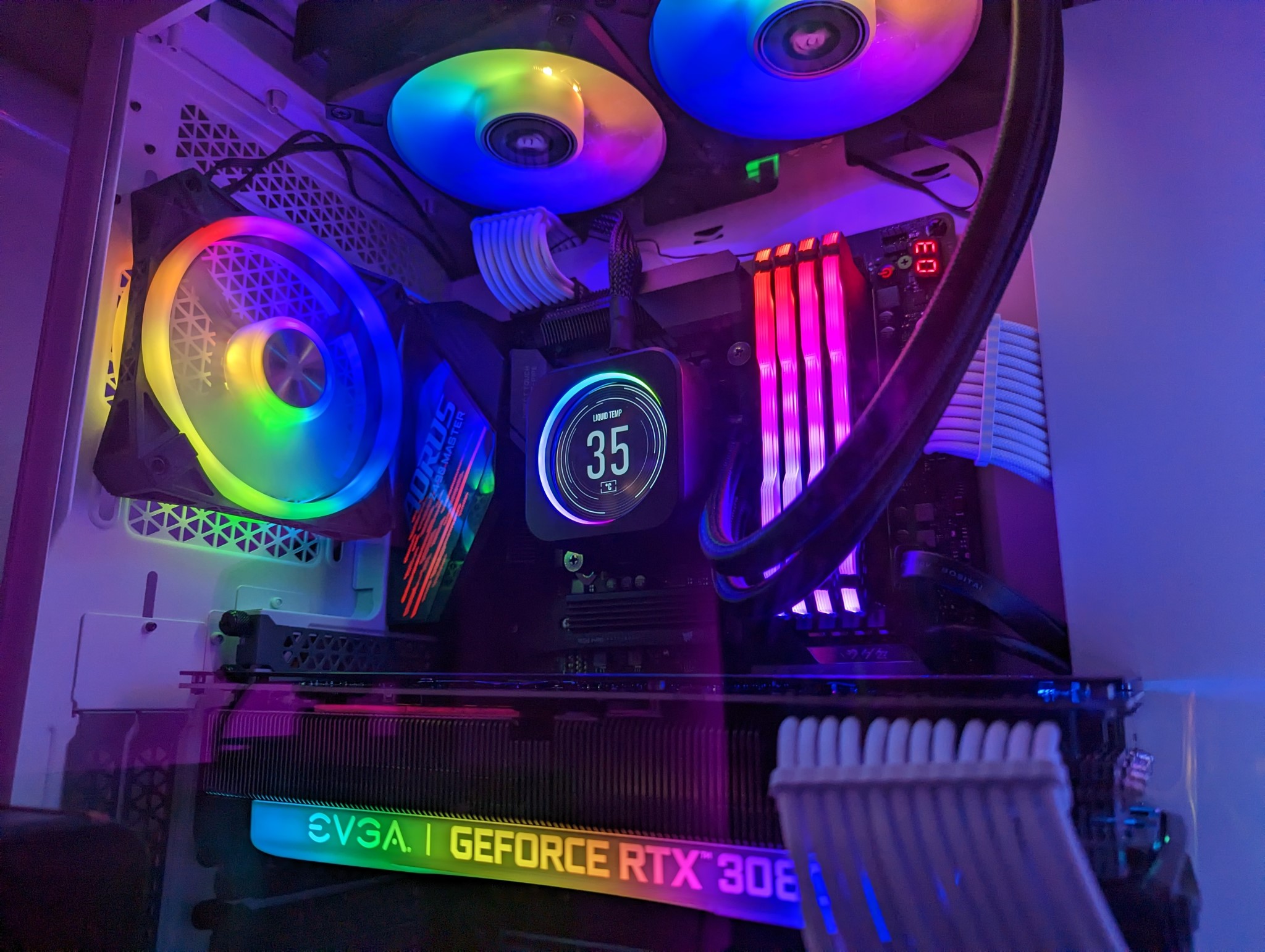
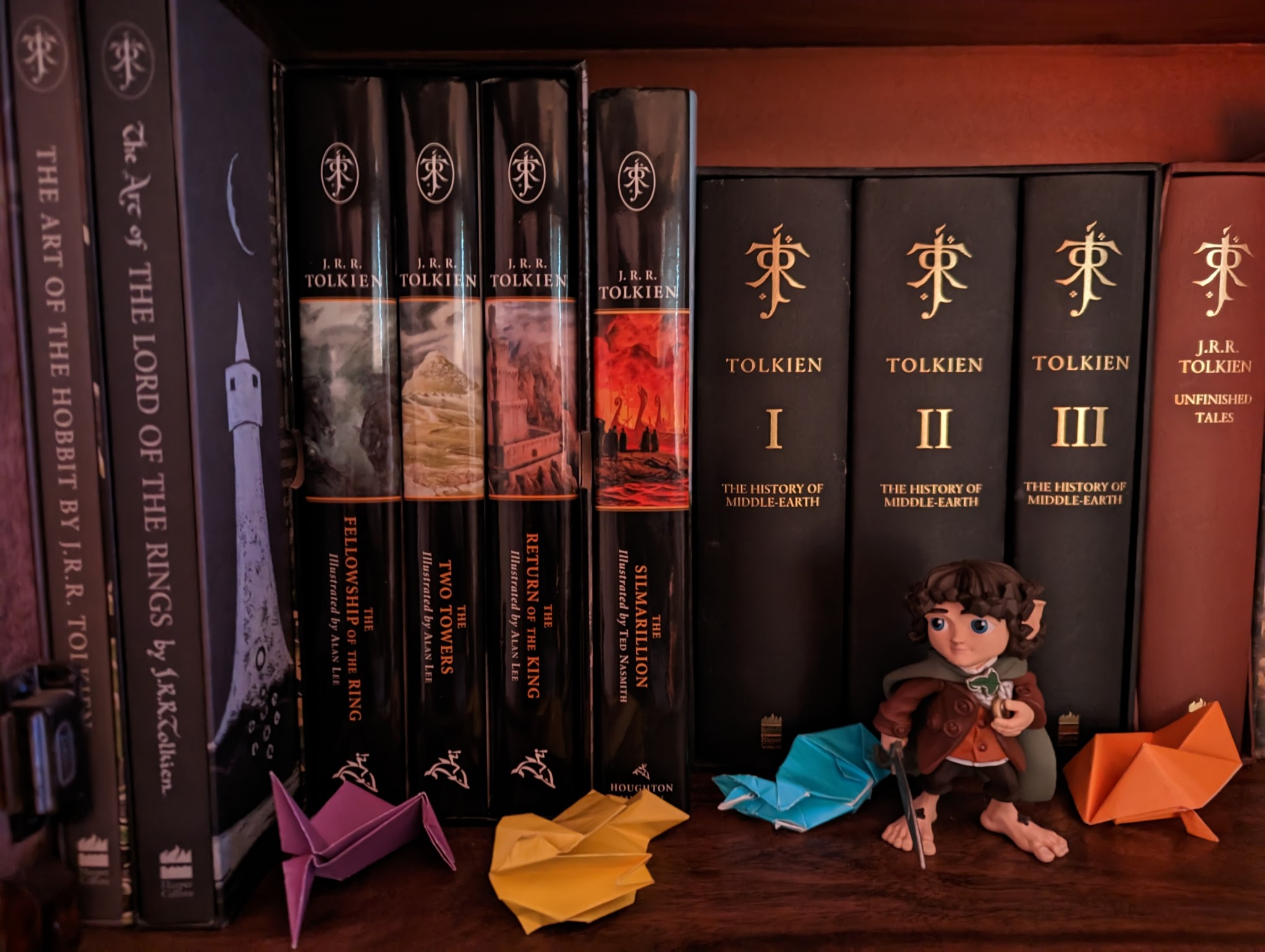
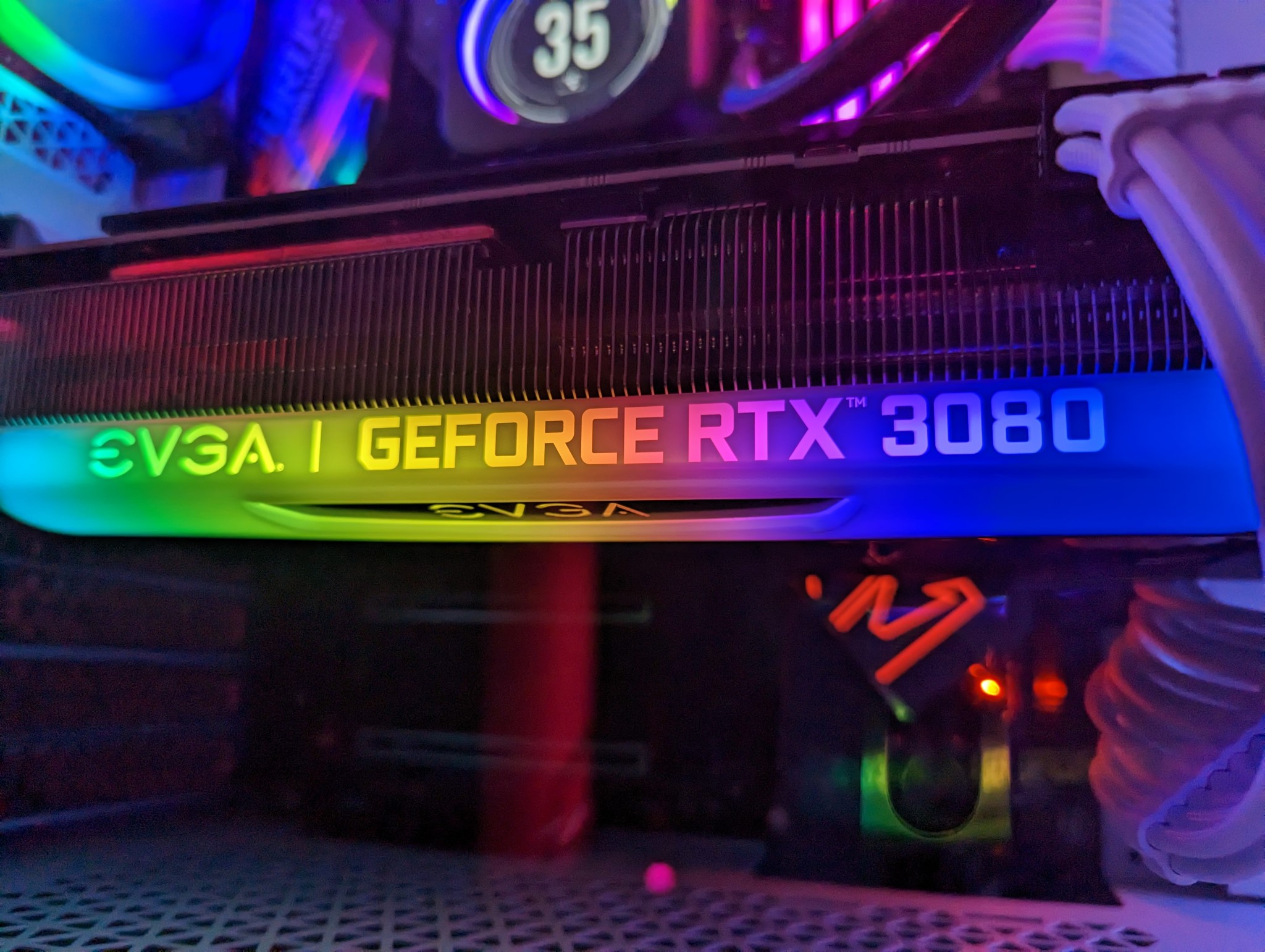
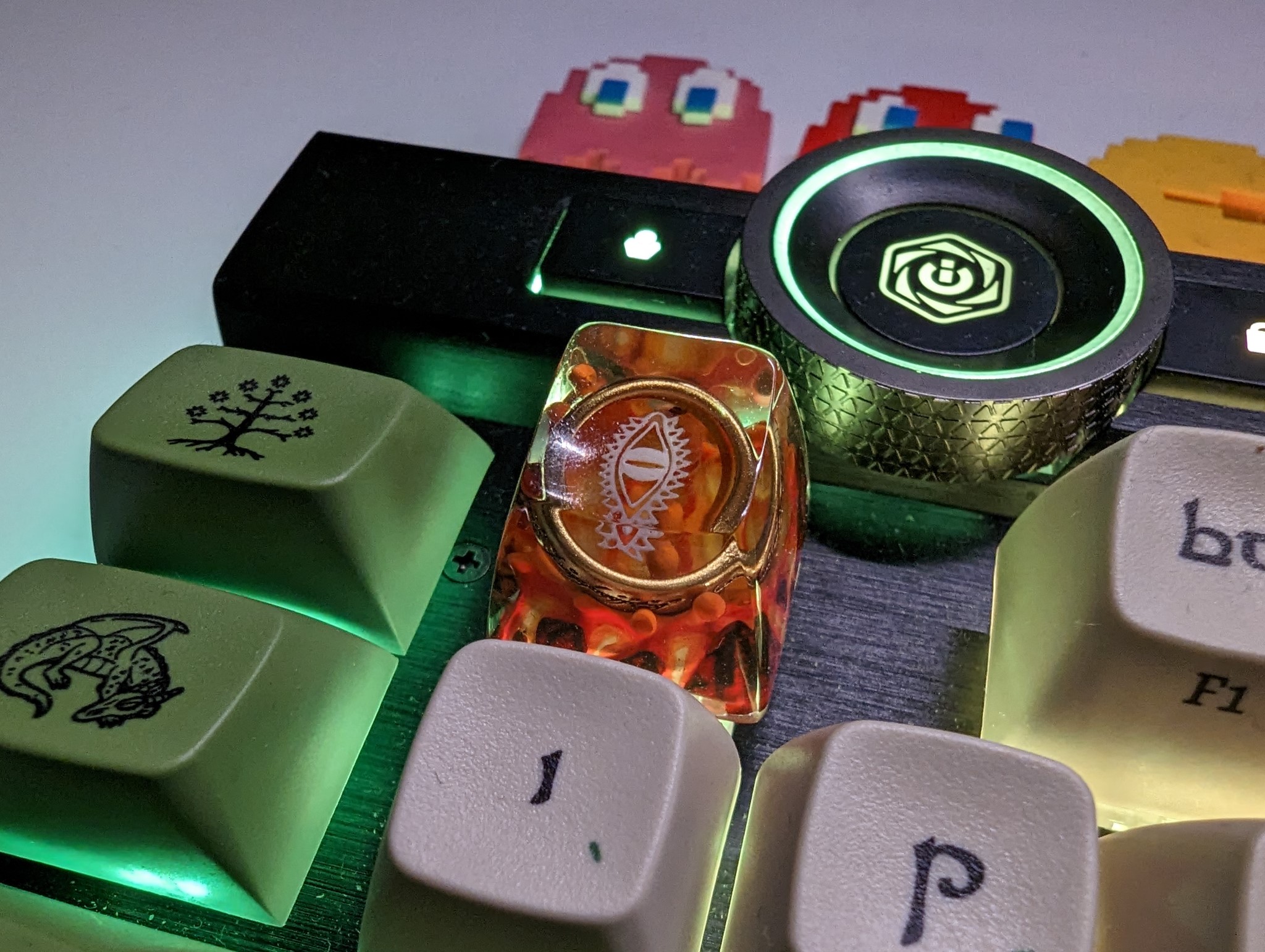
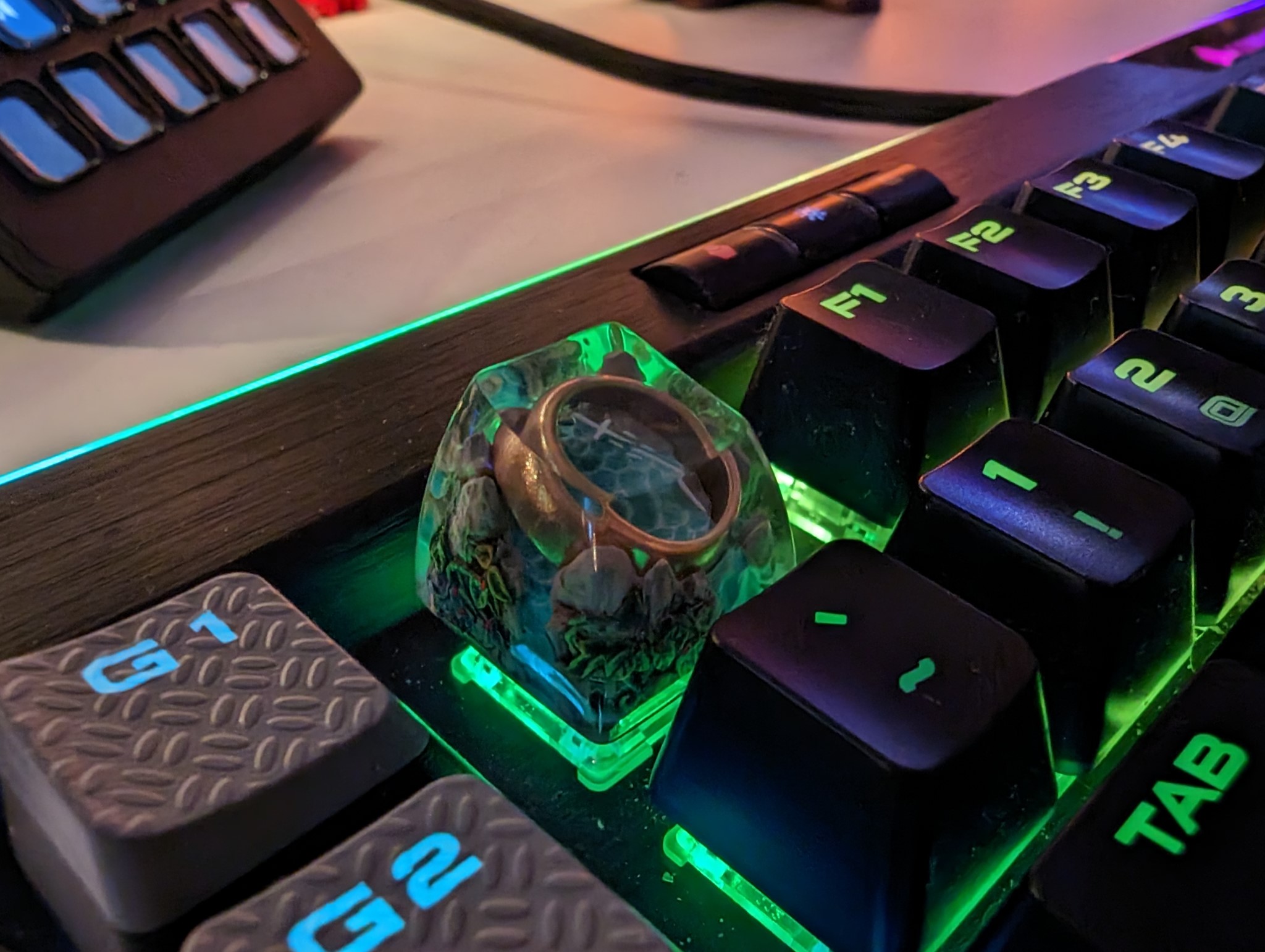
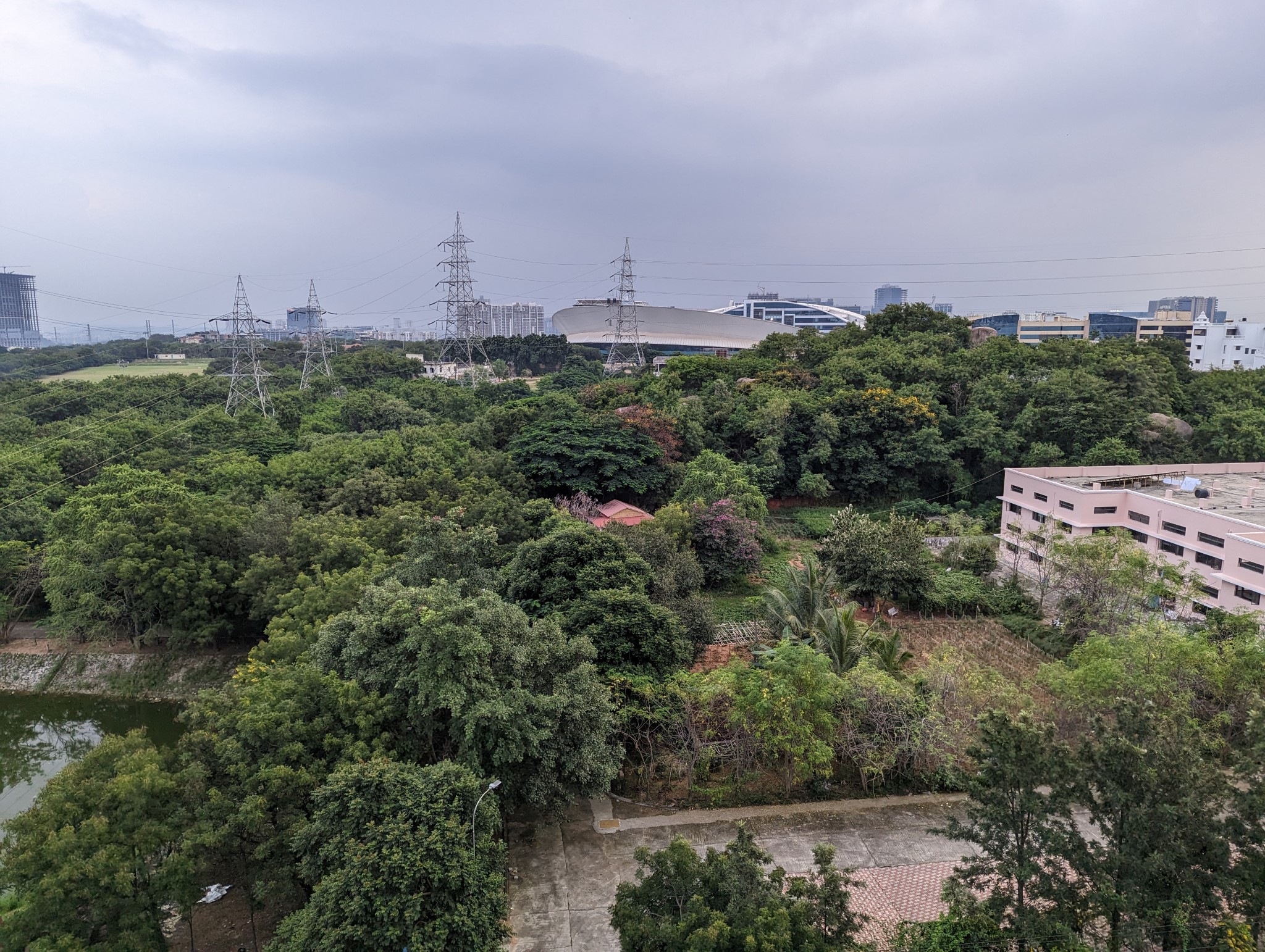

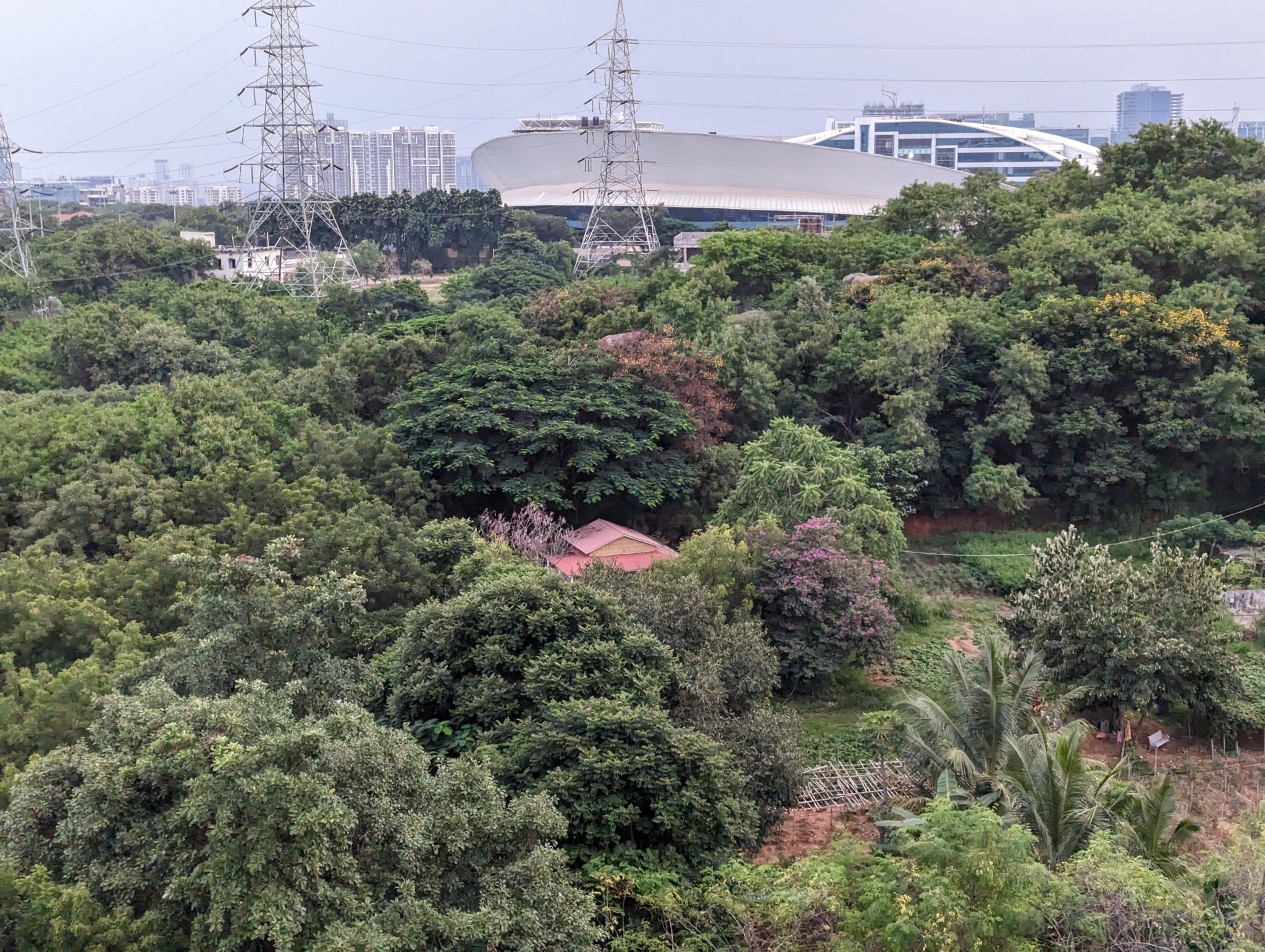


As for the Galaxy S22 Ultra, it won our Galaxy S22 Ultra vs. Pixel 6 Pro nighttime photography test earlier this year, handling low-light photos and macro photography better, as well as capturing far-away details better. Google may hit 5X/30X zoom now, but Samsung's telephoto lens hits 10X optical or 100X digital, giving it an insane level of detail for far-away objects.
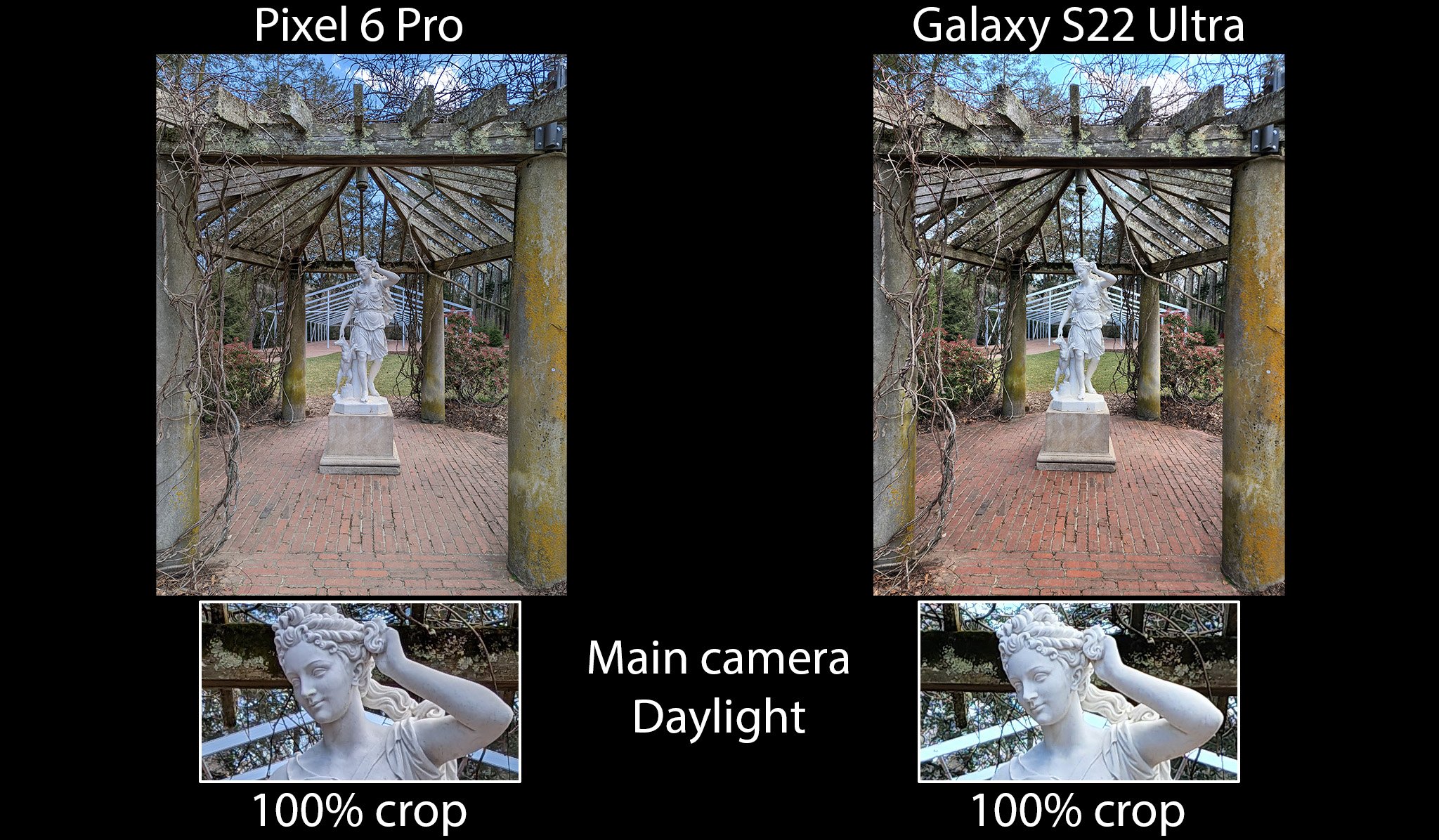
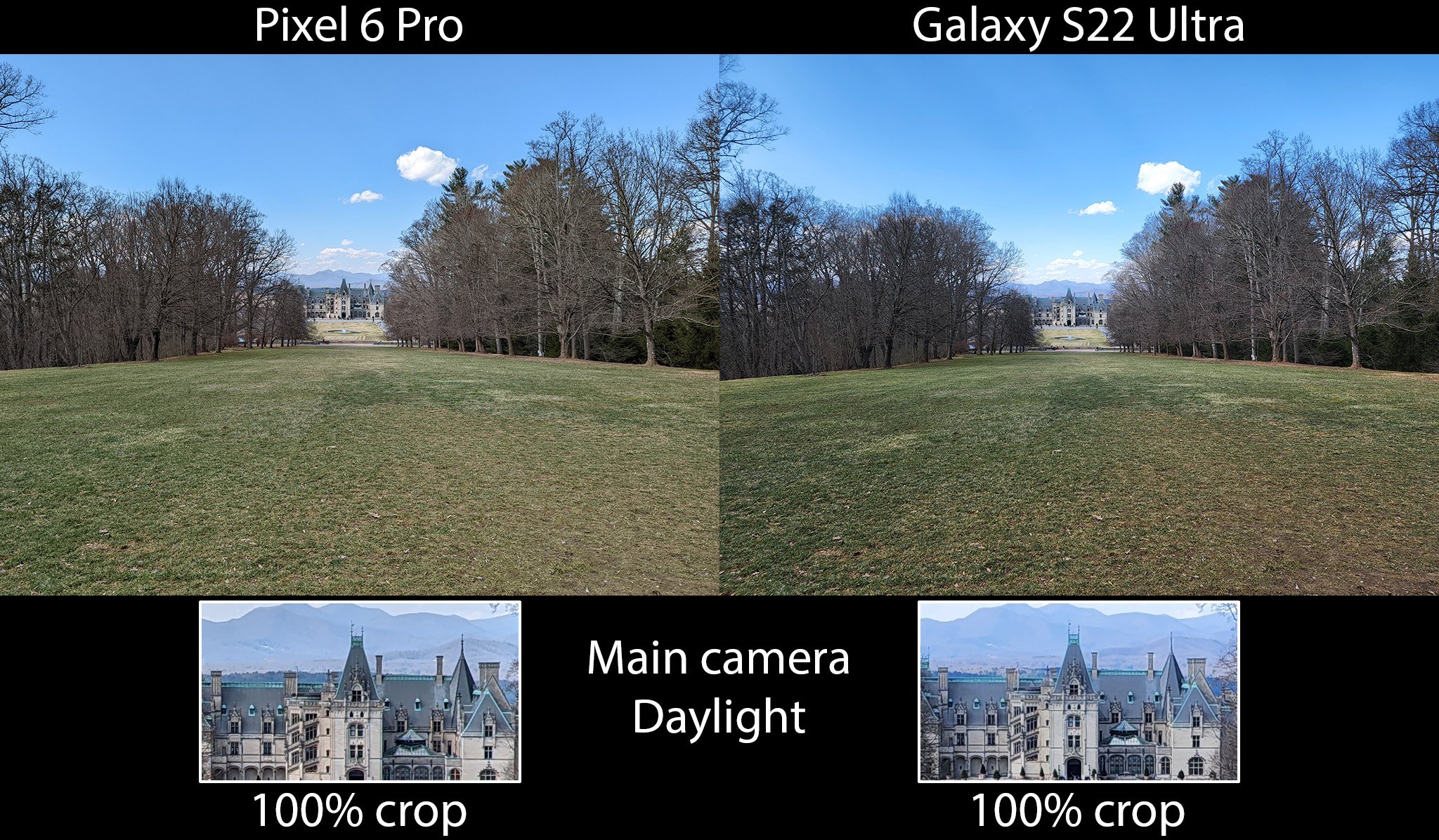

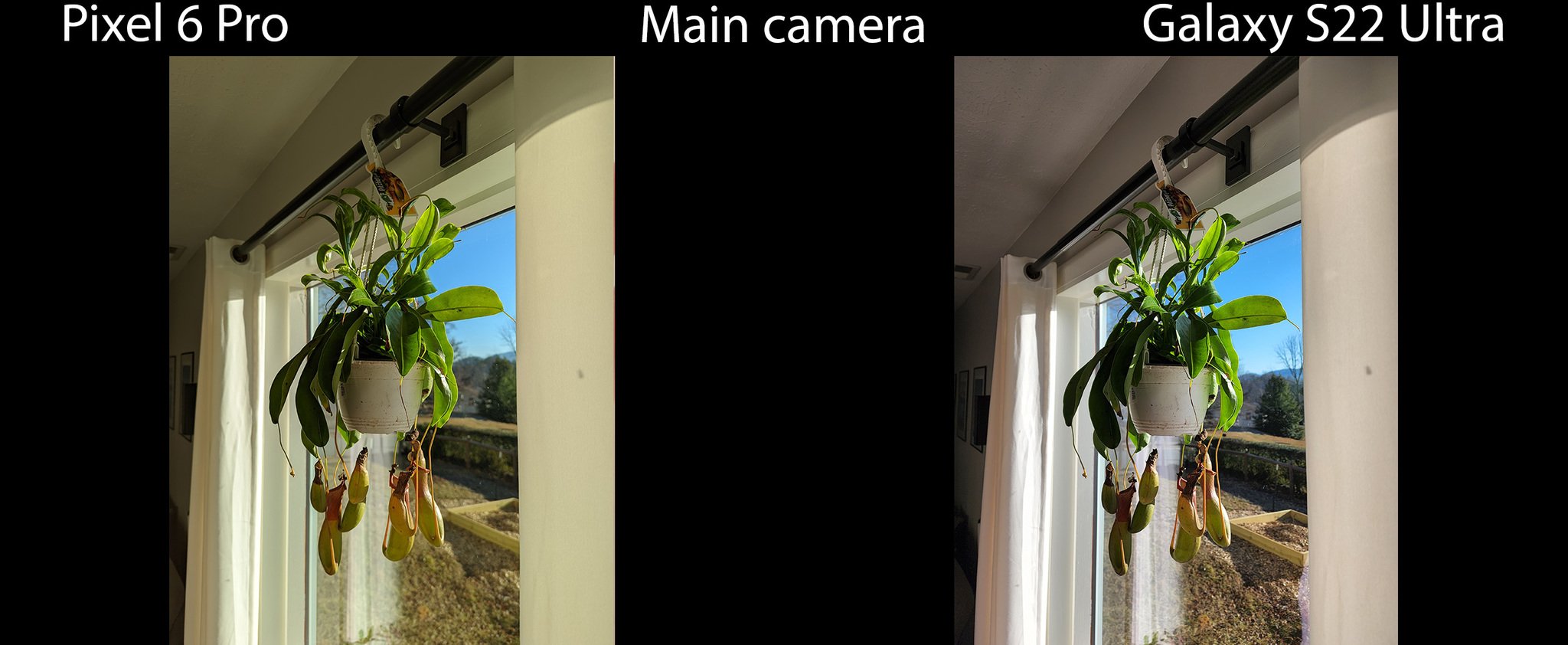


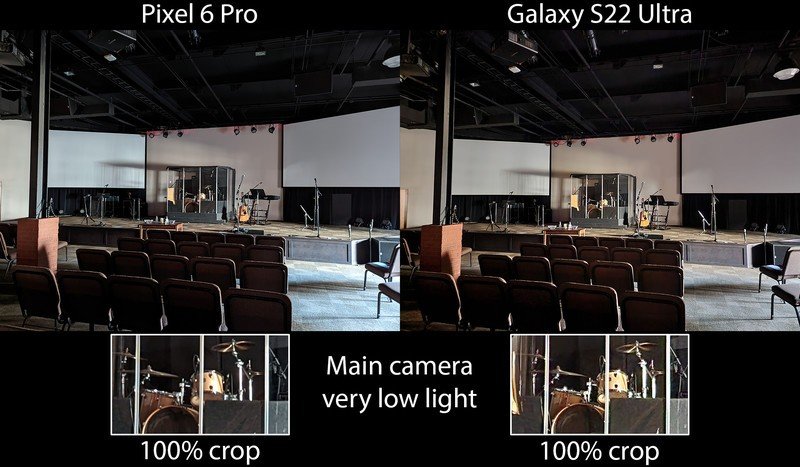

We will hopefully have better direct camera comparisons in the weeks to come, but will make do with these S22 Ultra vs. 6 Pro side-by-side shots for now. Overall, Samsung did an excellent job with the Ultra's cameras in capturing details and zooming from very far away, but it doesn't have quite the same level of AI smarts and processing.
Google Pixel 7 Pro vs. Samsung Galaxy S22 Ultra: Which should you buy?

If you're on a budget and don't have a good carrier or trade-in deal, the answer to this question is simple: the Pixel 7 Pro will save you a few hundred dollars and give you comparable display quality and photography, better battery life, and decently sufficient performance compared to the Galaxy S22 Ultra.
Neither phone has the "best" performance. For that, you might look at the Galaxy Z Fold 4 or ASUS Zenfone 9. The Pixel 7 Pro prioritizes camera smarts but does have good enough performance for smooth gaming and browsing, while the S22 Ultra is generally faster but does have the hot-running Snapdragon 8 Gen 1 to worry about.
Both phones are easily atop the best Android phones available, assuming you don't mind how big they are. Really, your choice will depend on whether you prefer One UI for its customizability or stock Android for its simplicity, more than anything else. Otherwise, the Galaxy S22 Ultra and Pixel 7 Pro are surprisingly comparable.
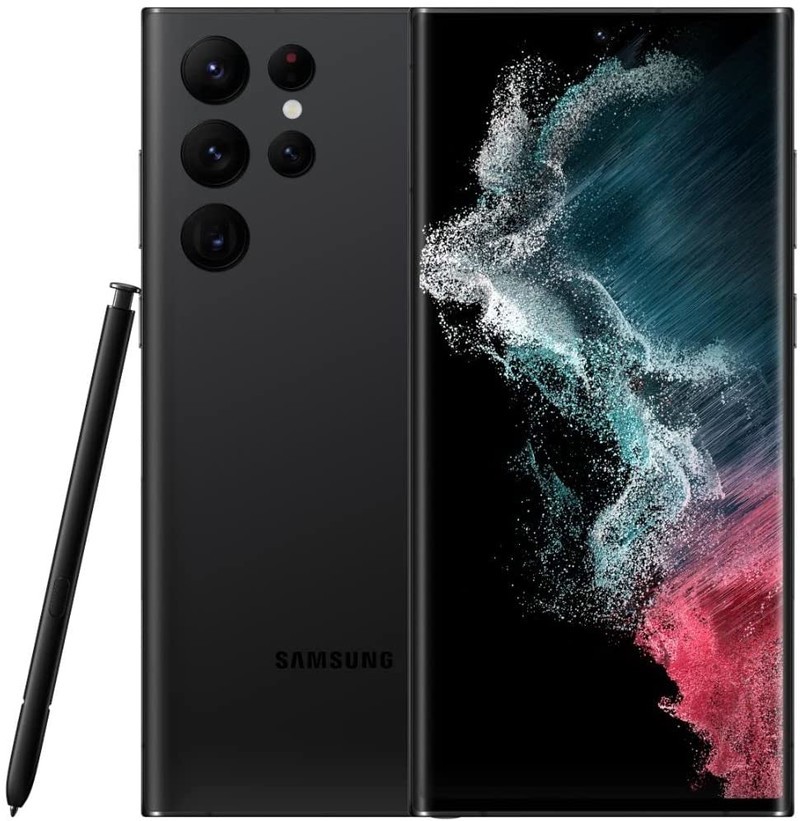
Built for the most demanding Android users, the Galaxy S22 Ultra justifies its high price with excellent performance, cameras, display quality, and reliably speedy updates.

Although it's an iterative upgrade compared to the Pixel 6 Pro in specs, the Pixel 7 Pro hasn't lost a step in terms of its display, cameras, and battery life, and adds improved security, haptics, camera smarts, and brightness.

Michael is Android Central's resident expert on wearables and fitness. Before joining Android Central, he freelanced for years at Techradar, Wareable, Windows Central, and Digital Trends. Channeling his love of running, he established himself as an expert on fitness watches, testing and reviewing models from Garmin, Fitbit, Samsung, Apple, COROS, Polar, Amazfit, Suunto, and more.
